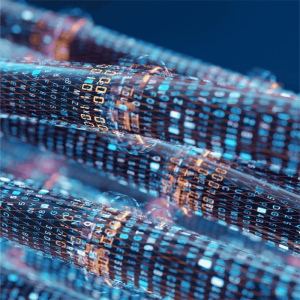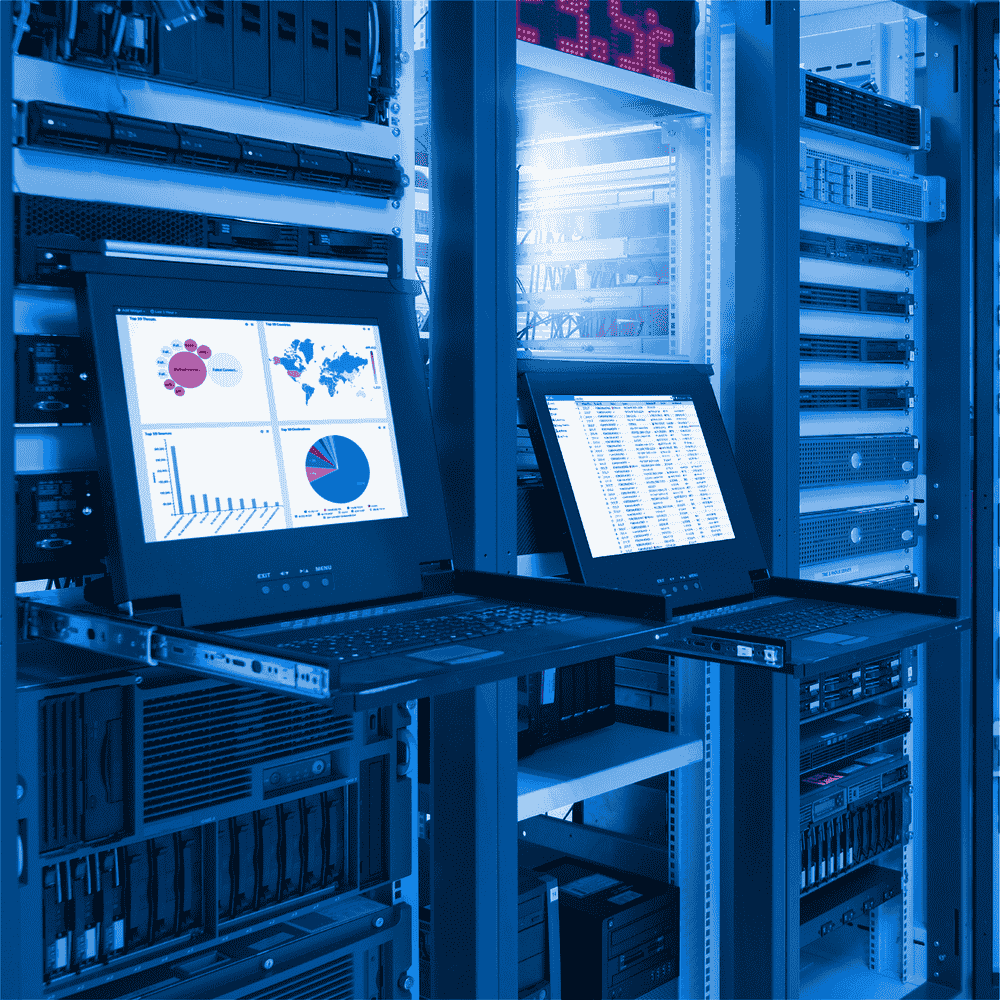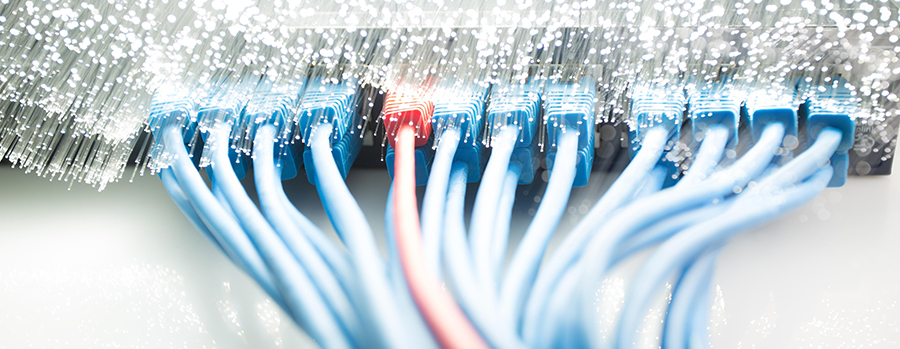Fiber Accessories: Components That Strengthen Your Fiber Optic Infrastructure
Fiber optic technology forms the foundation of modern communication networks. With its ability to deliver high-speed data transmission, low latency, and reliable connections, fiber optic cables are essential to telecommunications and internet infrastructures. However, to ensure the efficiency, durability, and long-term performance of this infrastructure, the use of appropriate fiber accessories is just as important as the cables themselves. This article explores the essential fiber accessories that enhance your fiber optic infrastructure and the advantages they bring.
What are Fiber Accessories?
Fiber accessories are essential components that support the installation, maintenance, and management of fiber optic cable networks. These accessories ensure secure, organized connections and play a key role in enhancing the performance and durability of the network. Common fiber accessories include fiber optic connectors, distribution panels, splice boxes, adapters, and termination devices.
Core Components of Fiber Accessories
- Fiber Connectors: Enable the connection of cables to each other or to various devices. Common types include SC, LC, FC, and ST connectors, chosen based on specific applications.
- Fiber Distribution Panels: Organize and terminate cables securely. These panels simplify maintenance and repair operations while ensuring safe cable management.
- Fiber Adapters: Facilitate the connection of two different fiber optic cables. They ensure reliable data transmission by securely linking cable ends.
- Fiber Termination Devices: Ensure proper cable termination and maintain network performance by enabling secure connections.
- Fiber Splice Boxes: Protect spliced fiber cables from external factors. These boxes are essential for underground or outdoor installations, safeguarding the network from environmental damage.
Advantages of Fiber Accessories
- High Performance: Properly managed connections minimize data loss and improve overall network performance.
- Reliability: Durable fiber accessories reduce the likelihood of failures, ensuring uninterrupted data flow.
- Easy Maintenance and Management: Accessories like distribution panels and adapters help organize cables, speeding up maintenance and repair processes.
- Flexibility: A variety of accessories make it easy to adapt the network for expansions or connection changes, ensuring scalability for future needs.
- Long Lifespan: Quality accessories protect cables and connections from external factors, ensuring the network operates smoothly for many years.
Applications of Fiber Accessories
- Telecommunication Infrastructures: Widely used by telecom companies to build and expand fiber optic networks.
- Data Centers: Critical in managing high-density cabling and ensuring efficient operations.
- Urban and Rural Areas: Essential in all geographic regions where fiber optic networks are implemented.
- Industrial Facilities: Ensure the security and efficiency of fiber optic infrastructure in factories and industrial environments.
Conclusion
Fiber accessories are integral to enhancing the performance, reliability, and durability of fiber optic networks. Properly connecting and managing cables ensures the long-lasting and uninterrupted operation of the network. Whether in telecommunications, data centers, or industrial facilities, using the right fiber accessories is crucial for building successful and resilient network infrastructures.






